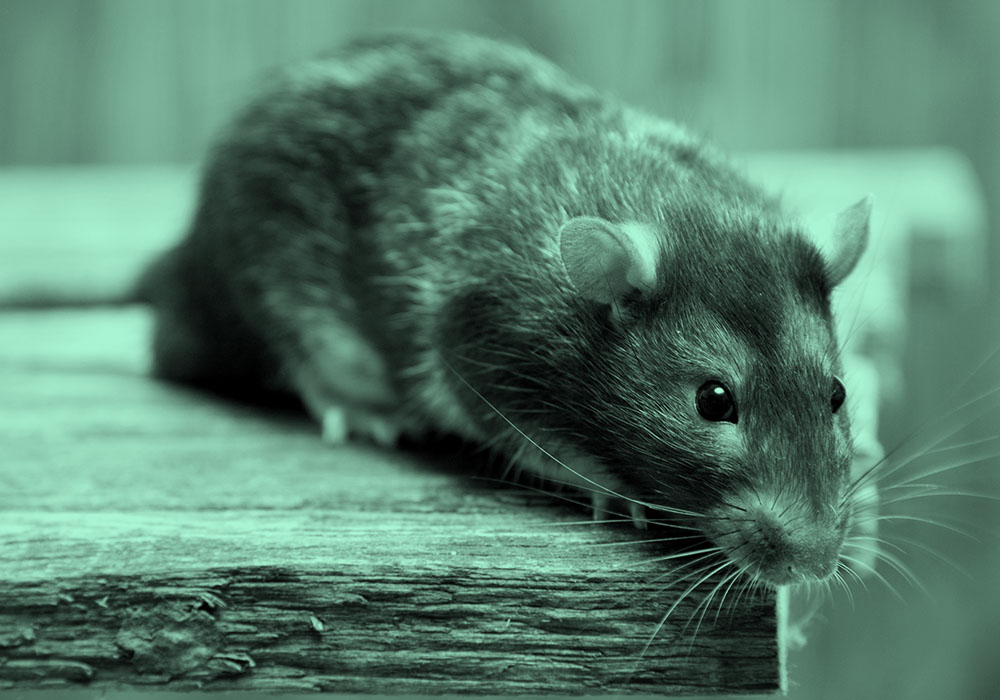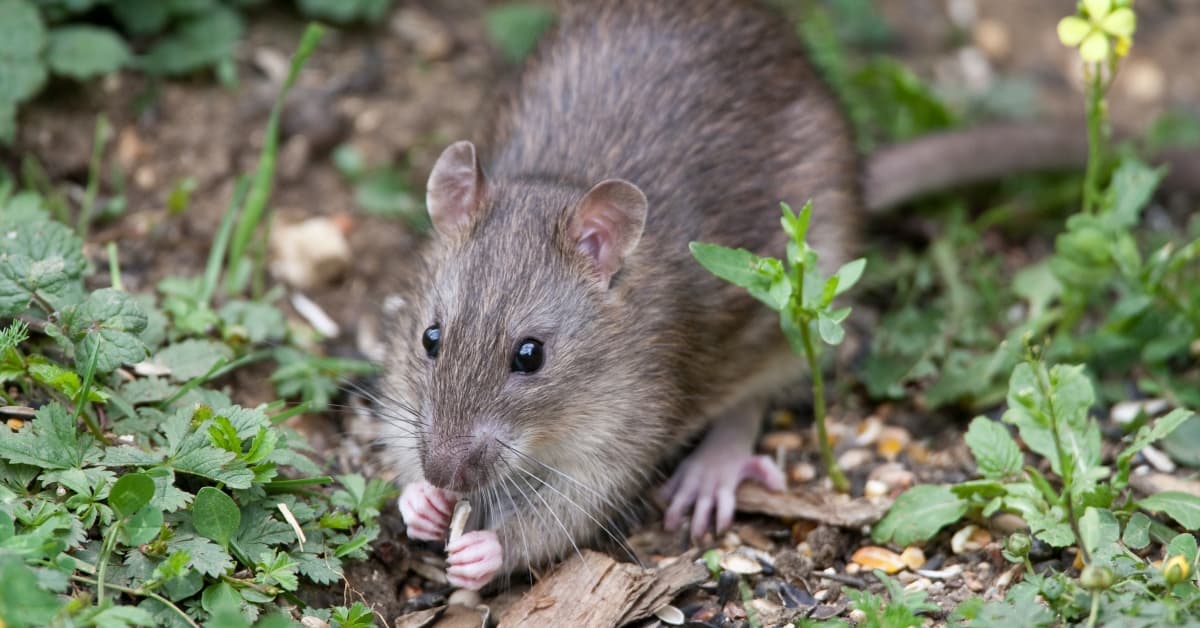Top 5 Misconceptions about Rats and Mice: What You Need to Know?
Share
When it comes to understanding rats and mice, misinformation often reigns supreme. The top 5 misconceptions about rats and mice can limit our knowledge and spark unnecessary fears. In this article, we will unravel these misconceptions and find the truth behind them.

1. All Rodents Are Dirty
A common belief is that all rodents, including rats and mice, are inherently dirty creatures. While its true that they have a reputation for being pests, this stereotype is misleading. Many scientists describe these pests as remarkably clean given their environments. They often designate specific spots for waste and spend considerable time grooming themselves.
In homes, rats and mice might seem unsanitary mainly due to their association with droppings and potential health risks. However, the cleanliness of a rodent can depend on its living conditions. Well-fed and healthy rodents can be surprisingly tidy. For further information, you can visit Health Canada on rodents.

2. Rats and Mice Are the Same
Another misconception is that rats and mice are one and the same. While they share similar classifications as rodents, important differences exist. Adult rats and mice differ in size, appearance, and behavior. Rats generally weigh between 8 to 12 ounces and are much larger than mice, which typically weigh only about an ounce.
Understanding these differences can help in choosing the right pest management strategies. For a comprehensive guide on the differences between rats and mice, check out this article: Rats vs Mice.

3. They Are Only Found in Dirty Places
Many believe that rats and mice reside exclusively in filthy spaces. This notion is not strictly true. While they tend to thrive in areas where food and shelter are abundant, that doesnt mean dirtiness is a prerequisite. Residential homes that are neat and organized can still play host to these pests.
Therefore, having a clean home is crucial for pest management, but its not always a complete protection against rodent infestation. For insights into preventing rodents at home, refer to this informative blog: Sticky Situations.

4. They Are Not Dangerous at All
We often underestimate the potential dangers associated with rats and mice. While they might seem harmless, they can carry diseases and pose significant health risks. Certain diseases, such as hantavirus and salmonella, can be transmitted from rodent droppings, urine, and saliva. Therefore, its essential to be cautious around areas where they are present.
For additional safety information, the article linked here will provide more insight: Rodent-Related Diseases.
5. All Rodents Will Eat Human Food
Another popular myth is that all rodents have a preference for human food. This assumption is incorrect. While some may be drawn to food sources easily accessible in our homes, others have varied diets depending on their species.
Rats and mice can feed on grains, fruits, vegetables, and seeds, but they are also known to munch on materials like cardboard or wood when food is scarce. Understanding their dietary habits can aid in developing effective pest control solutions. For related reading on effective solutions, take a look at this resource: Raid Solutions.
FAQs
Q1: Are all rodents carriers of diseases?
A1: Not all rodents carry diseases, but some, like rats and mice, can transmit them when they invade human habitats.
Q2: Can a clean home prevent rodent infestations?
A2: While maintaining a clean home can help, it does not guarantee that rodents won't invade if proper measures are not taken.
Q3: Can I get health issues from mouse droppings?
A3: Yes, contact with mouse droppings can lead to health problems, including allergies and infections.
As an Amazon Associate, I earn from qualifying purchases.
